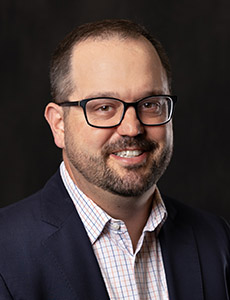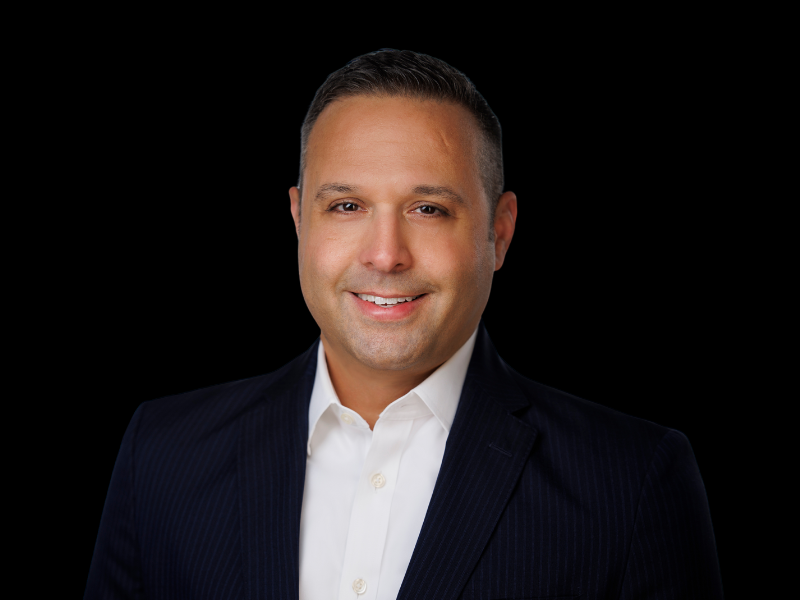Sponsored Content by One Call
Four Ways to Reduce Stress and Speed Healing for Injured Workers

A physical injury naturally comes with some degree of stress and anxiety. Pain, reduced function and fear about the recovery process can all make an injured person feel worried about their future. That psychological stress can further inhibit physical recovery, feeding a vicious cycle.
For people injured at work, stress is exacerbated by concerns about job and financial security.
“Evidence has shown injured workers heal much more slowly than the typical population. We know that they’re a very vulnerable population because they deal with so many different stakeholders. They have the doctor, possibly an attorney, their physical therapist, their nurse case manager, their adjuster, their employer,” said Brian Murphy, PT, DPT, COMT, vice president, physician strategy and market development for One Call.
“On top of that, financial stress is a big factor. Almost two-thirds of injured workers say being in the workers’ compensation system has put them in a very stressful financial situation.”
Injured workers are also more likely to encounter pressure to return to work quickly and may perceive the treatment process as adversarial. In short, they may not always feel advocated for throughout their care journey.
“All these sources of stress contribute to why we typically see worse results in the workers’ compensation system compared to the regular population,” Murphy said.
Not all stress can be eliminated, but it can be reduced. Murphy outlines four ways clinicians can modify their approach to help alleviate anxiety among injured workers and ultimately drive better outcomes.
1) Conducting a More Thorough and Comprehensive Exam

Brian Murphy, PT, DPT, COMT, Vice President, Physician Strategy and Market Development, One Call
A thorough examination starts with interviewing a patient to gain a full and detailed understanding of their health history, the nature of their injury, the symptoms they are experiencing and what makes those symptoms better or worse. This should also include a thorough physical examination incorporating observation, palpation, range of motion, strength testing, neurological examination and functional testing.
Some clinicians may not spend sufficient time on this step and may instead jump straight into their treatment plan. “As clinicians, 90% of what we discover about a patient’s condition should be in the interview and physical exam. Any diagnostic imaging ordered should confirm our clinical findings and help to ensure the care plan is aligned,” Murphy said.
One Call has also seen positive advances when its Age of Injury diagnostic tool is utilized to focus treatment plans on getting patients back to baseline. This tool has changed over the years, and while it can be beneficial from a compensability standpoint, using it more holistically to understand a patient’s condition prior to a workplace incident can help reduce out-of-work time. Clinicians should educate their patients on how to put this imaging into perspective with their recovery — failure to do so can negatively impact the patient psychologically.
2) Educating Injured Workers on the Science of Pain
Pain plays a major role in the stress and anxiety levels injured workers experience. Understanding the origin and pathology of their pain can help patients place it in the greater context of their recovery journey and better understand how certain parts of their treatment can work to reduce their pain.
“The body has an amazing propensity to heal on its own. After an injury, tissues take anywhere from six weeks to six months to completely heal, depending on the type and quality of tissue. Typically, after six months, any pain we’re experiencing is coming from a more centrally generated process in the brain, rather than peripherally in the tissues themselves,” Murphy said.
“That’s why it’s really important to conduct a thorough examination. Building a better understanding of the cause of an injured worker’s pain can help reduce the anxiety around it,” Murphy said.
3) Focusing on Sleep Hygiene
Sleep is extremely important for overall healing.
“Two-thirds of Americans don’t get the recommended seven to nine hours of sleep per night. Our body needs that time to heal physically and reset psychologically. When we’re in deep REM sleep, our brain rewires, taking negative experiences associated with stress and anxiety and reorganizing those perceptions,” Murphy said.
Clinicians can support holistic healing by educating patients about proper sleep hygiene. This includes:
- Establishing a consistent bedtime and wake-up time that ensures seven to nine hours of sleep per night.
- Eliminating screens for at least 30 minutes before bedtime. The blue light emitted by devices delays the release of melatonin and makes it harder for the body to recognize it’s time to sleep.
- Avoiding caffeine after 12 p.m. “Caffeine has a half-life of eight hours. If you have coffee at three in the afternoon, it is still in your system at bedtime, which is going to make it very difficult to fall asleep,” Murphy said.
- Avoiding excessive alcohol, which can disrupt REM sleep.
- Creating an environment conducive for sleep. Keeping the room quiet, dark and cool — around 65 degrees — is ideal.
“If we can educate patients on these basic tenets, we will help them understand why it’s important to give the body time to heal,” Murphy said.
4) Practicing Empathy at Every Step
Every stakeholder in the workers’ comp process, from providers and case managers to adjusters and employers, can reduce stress for injured workers by demonstrating empathy.
“There is a lot of evidence that demonstrates that when employers engage with their employees positively after an injury, it drives down the cost of claims. When patients feel like they are more than a claim number, they have more confidence in the treatment plan set out for them and are more engaged in the process. Any of us would want to feel that our wellbeing is the priority,” Murphy said.
Case managers and other stakeholders can show empathy by listening to injured workers’ concerns, getting answers quickly and, most importantly, connecting them to the right providers at the right time.
The Difference Made by Efficient, High-Quality Care
One Call helps workers’ comp stakeholders achieve the best possible outcomes for injured workers by connecting them to the services they need as quickly as possible.
“Access is extremely important because it allows for early intervention, which is critical to outcomes and patient satisfaction,” Murphy said. “We have one of the industry’s largest ancillary services networks, so we can really be efficient when it comes to turnaround times. Physical therapy, diagnostics, durable medical equipment, home health, complex care, transportation, language and dental — these are all included in our broad, nationwide network.”
Quality and speed are a priority. Network providers are scored on a set of measurements to ensure they meet stakeholder expectations and follow established medical guidelines.
In addition to adjusters and nurse case managers, One Call also works directly with physicians across the United States to help them obtain authorizations and schedule patients that need ancillary services.
“By streamlining the referral process, we relieve the physician’s practice of paperwork and ultimately get the claim moving more quickly. We’ve been able to demonstrate that this approach helps injured workers get care faster, helps clients get better penetration of the network and ultimately leads to cost savings,” Murphy said.
To learn more, visit: https://onecallcm.com/.
This article was produced by the R&I Brand Studio, a unit of the advertising department of Risk & Insurance, in collaboration with One Call. The editorial staff of Risk & Insurance had no role in its preparation.










